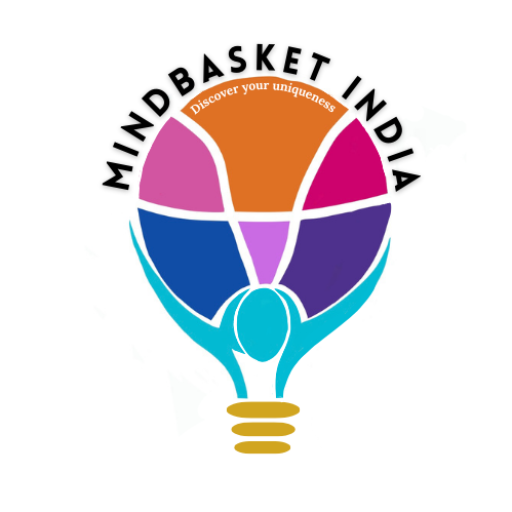Aesthetic therapy isn’t just about beauty—it’s about how your surroundings make you feel. The colors, textures, lighting, and layout of a space can deeply affect your mood, focus, and overall mental health. In 2025, more people are turning to visual healing as a form of self-care.

Colors have a psychological impact:
- Blue & green: Calm anxiety, promote relaxation
- Yellow: Boosts energy and optimism
- Neutral tones: Help create a peaceful, minimalist vibe
- Dark tones: Can sometimes increase low moods if overused
Designing with intention means using colors that support your mental state.
A tidy, well-lit, and aesthetically pleasing space can:
- Reduce stress and overthinking
- Help with sleep and mindfulness
- Boost productivity and focus (especially for students and remote workers)
Even small changes—like adding indoor plants, soft lighting, or decluttering—can have a big impact.
This trend is especially popular with Gen Z, who blend therapy with aesthetics—think journals with pastel covers, cozy corners for self-reflection, or mood boards for mental clarity.
You don’t need a therapist to start healing—sometimes, all you need is a calm corner, soothing colors, and a space that feels like you. That’s the power of aesthetic therapy.
